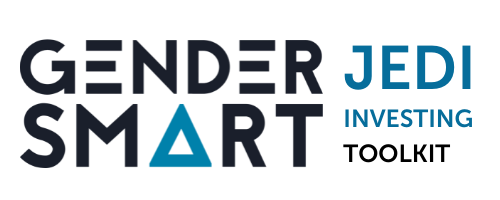How to reduce bias in your workplace | The Way We Work, a TED series
3 ways to reduce bias at work, according to Just Work co-founders, author Kim Scott and CEO Trier Bryant. (Video)
Decolonising Wealth Toolkit
Decolonizing Wealth introduces Seven Steps to Healing, which include (1) grieve, (2) apologize, (3) listen, (4) relate, (5) represent, (6) invest, and (7) repair. These steps are a means to both heal, and translate this healing into action. We as humans have given money its value of exchange, so we also have the power to change how we utilize it.
Resources: Allocating Budget, People and Time
From Inclusion in Tech: There is no ‘one-size fits all’ solution, but don’t worry! There will be resource requirements and business impact on the company when you launch your strategy. By identifying who and what will be required from the start, you can plan for any additional resources, reduce risk and create tangible timelines.
Decolonizing Diversity, Equity, and Inclusion: …Means Naming White Supremacy Culture
Traverses the role of organisational culture and shifts needed to dismantle patriarchal and white supremacist culture and organisational behaviours.
The Bias of ‘Professionalism’ Standards
Professionalism has become coded language for white favoritism in workplace practices that more often than not privilege the values of white and Western employees and leave behind people of color.
Building a Culture of Accountability
Advancing racial equity within your organization requires making accountability a cultural norm.
Is unconscious bias training still worthwhile?
Training can raise people’s awareness of their unconscious biases, but evidence shows that training alone is not effective in changing behaviour. The UK government has already decided to discontinue this kind of programme in its various departments. Frederick Herbert writes that while it is generally accepted that awareness is not a sufficient condition for behavioural change, it is usually necessary. He argues that unconscious bias training can be re-thought of as a foundation upon which other interventions can build.
Minimizing and addressing implicit bias in the workplace
By Shamika Dalton and Michele Villagran: Awareness of our implicit biases, and how they can affect our colleagues and work environment, is critical to promoting an inclusive work environment. Part one of this two-part article series will focus on implicit bias: what is implicit bias, how these biases affect the work environment, and best practices for reducing these biases within recruitment, hiring, and retention in the library workplace.
Breaking barriers: Unconscious gender bias in the workplace
This research note provides a review of unconscious gender bias and its role in impeding women’s career advancement before discussing how to mitigate and overcome unconscious gender bias in the workplace.

